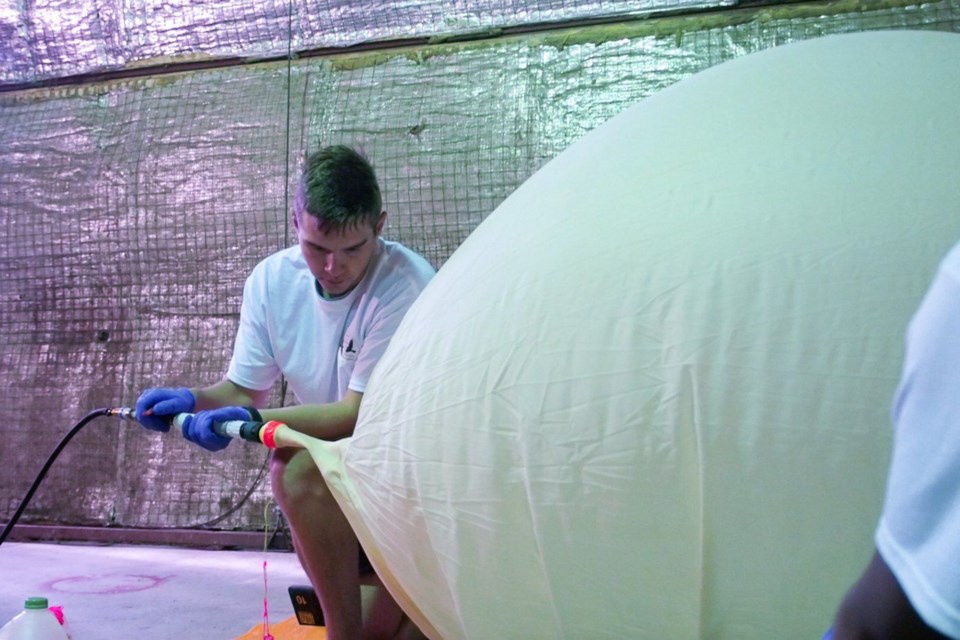SASKATOON — Its central focus was atmospheric physics, but interpersonal skills were just as essential as the hard science skills for a group of students who recently concluded a seven-year space training mission led by the .
The International Space Mission (ISM) Training Program this year included 12 university students from across Canada, as well as from Norway. It was funded by the Natural Sciences and Engineering Research Council of Canada.
One part of the mission involved learning about data collection, assembling the aircraft and loading the required materials. The other: knowing your strengths and weaknesses, learning to stay positive, and finding ways to solve problems together.
“What I took away from the course was more introspective,” said Remington Rohel, a U of S master's student in physics who also works with the Super Dual Auroral Radar Network.
“What are my strengths? What are my weaknesses? And knowing to be a little more assertive about that in a group dynamic. Knowing how to deal with people is always going to be a skill.”
The ISM program started in January with a course on the analysis of satellite space missions. It then moved into a three-week field period of assembling the balloons in early July with the U of S College of Arts and Science.
The students were responsible for defining, designing, building and launching the balloons, which can be a daunting task under pressure.
This year concludes the program’s seven-year run; it was planned as a six-year project but received additional funds to continue into 2023.
“It was nice to do hands-on work,” Rohel said about getting out into the field and seeing the culmination of their work take flight.
“In this environment, it’s more friendly and fun.”
Kimiya Shokoohi is the Local Journalism Initiative reporter for the Saskatoon StarPhoenix. The LJI program is federally funded by the Government of Canada.




